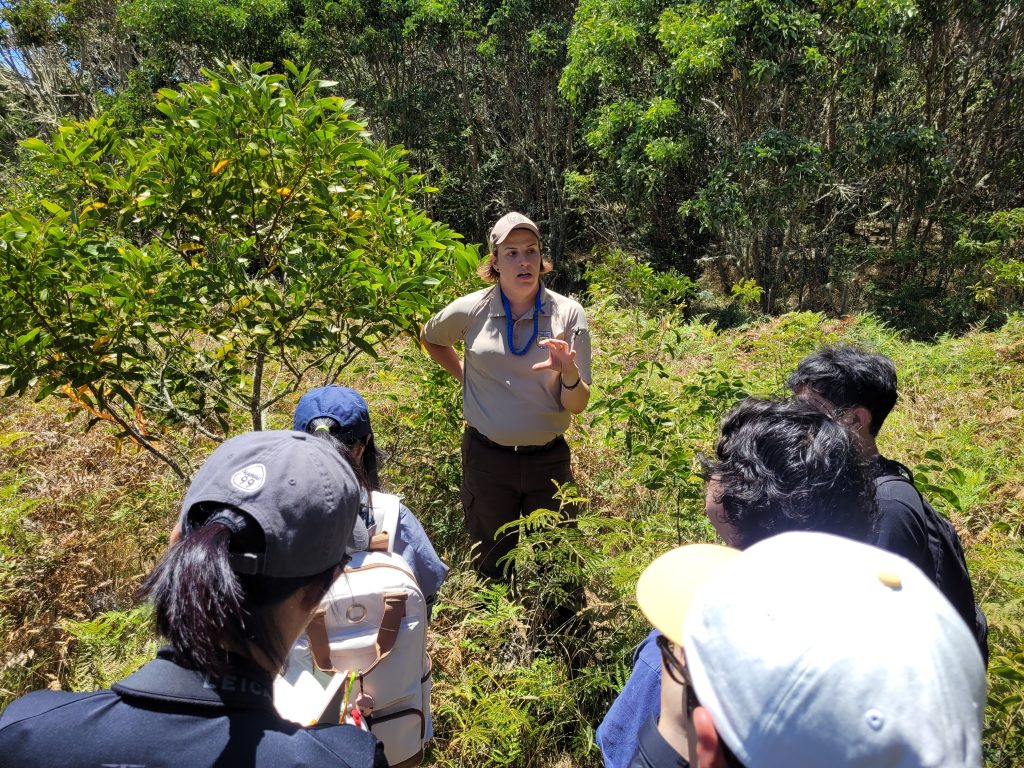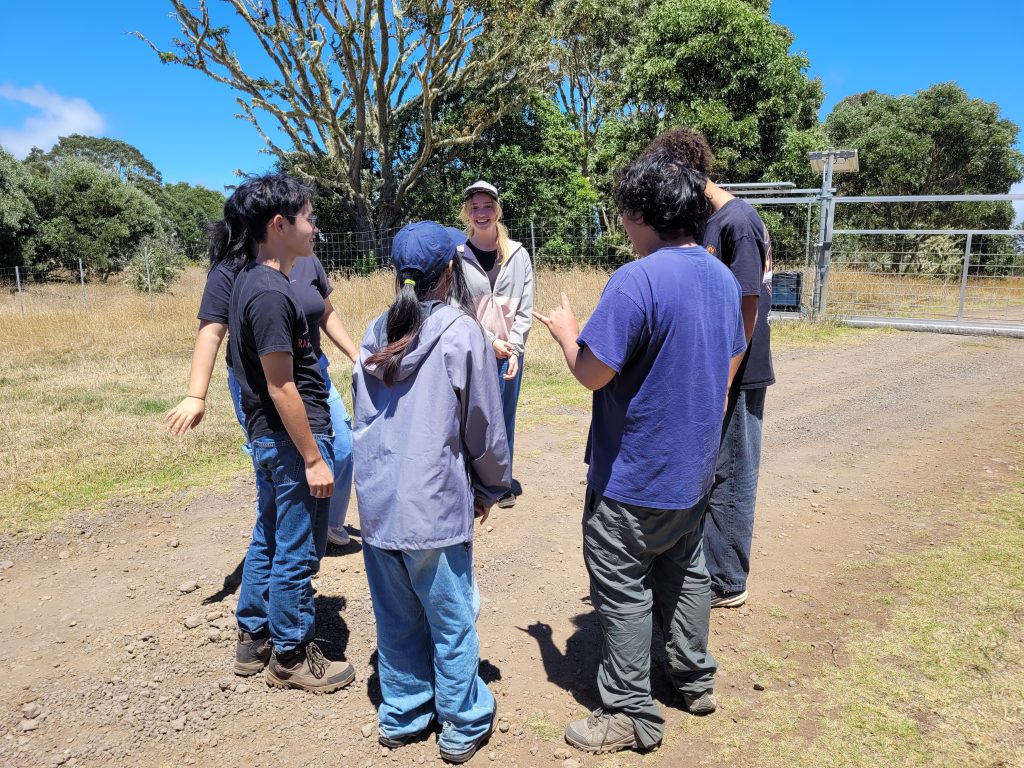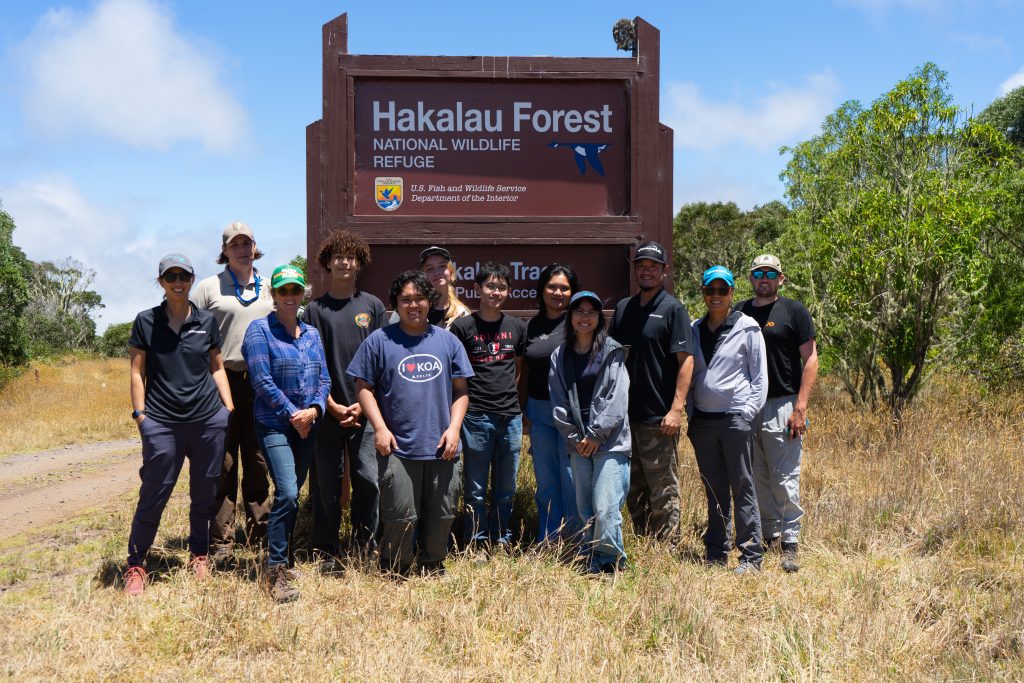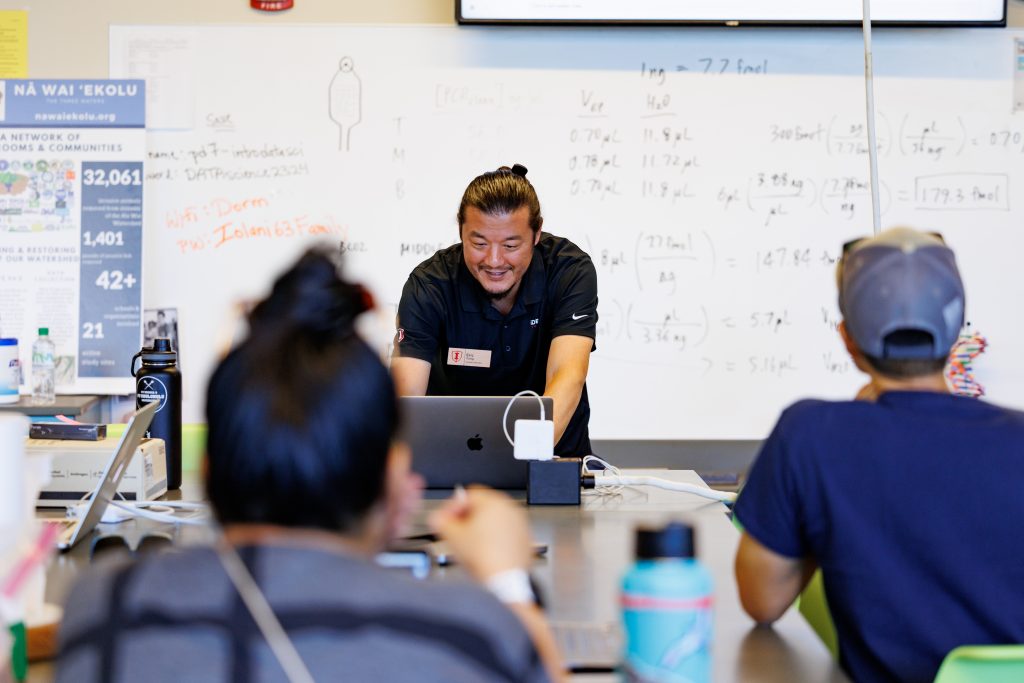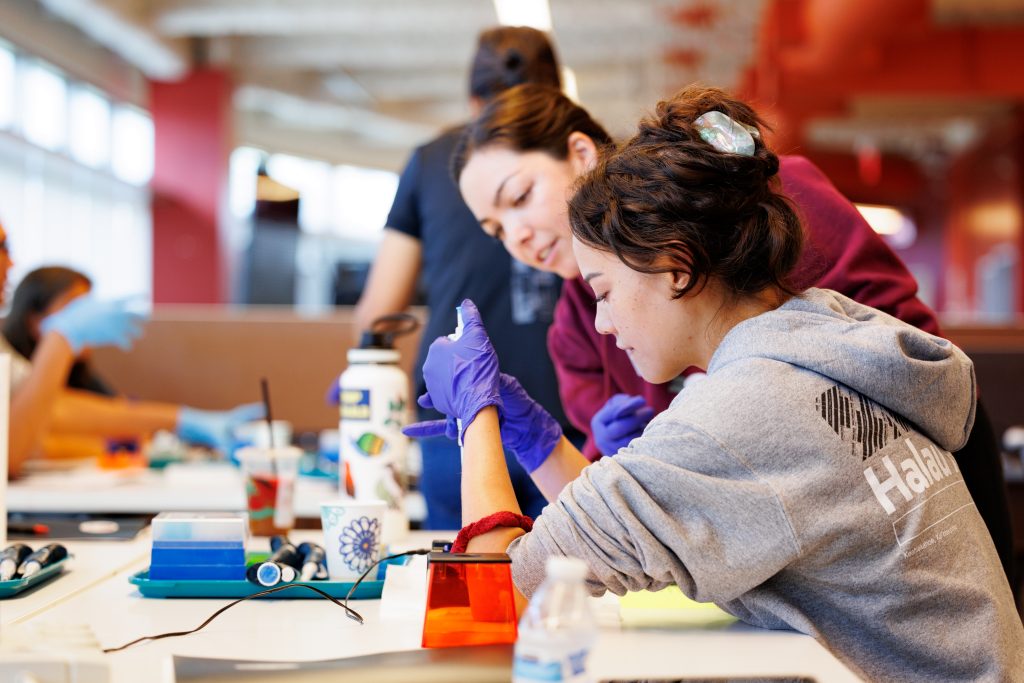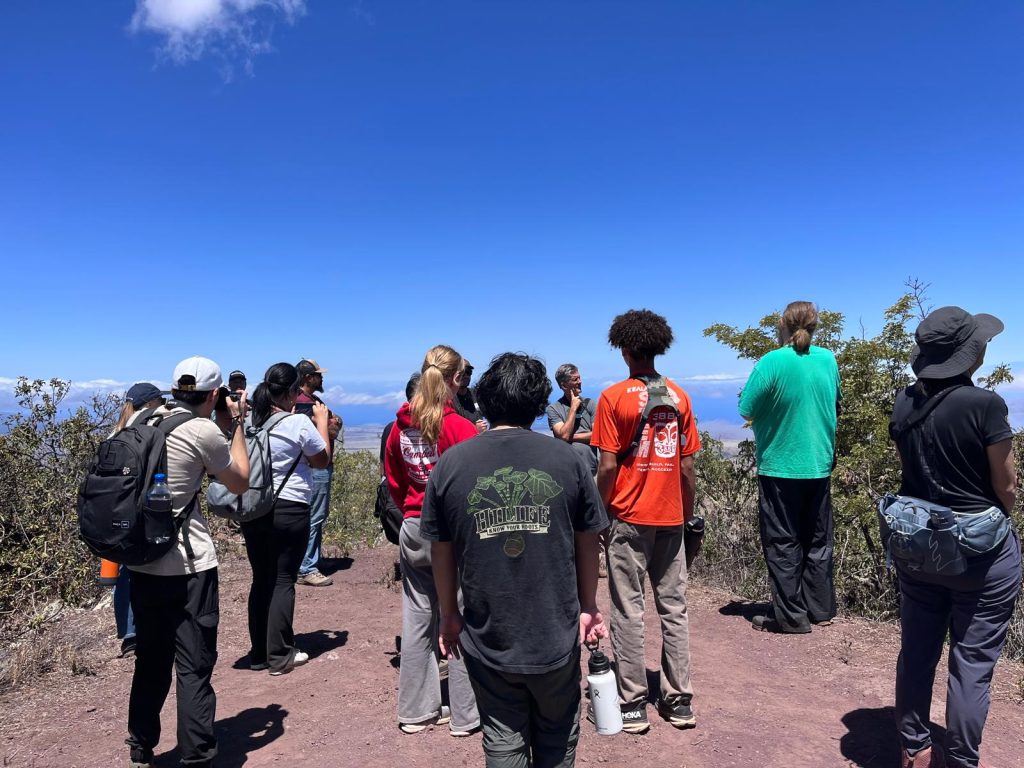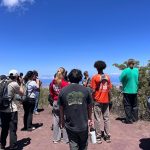Hawai‘i students partner with conservation professionals to produce first-ever draft genome of critically endangered Palila

In a landmark collaboration between science and education, six Hawaiʻi high school students have successfully produced the first-ever draft genome of the palila—a critically endangered, finch-billed Hawaiian Honeycreeper endemic to the islands.
Conducted in partnership with the San Diego Zoo Wildlife Alliance, the student-led research marks a significant contribution to Hawaiʻi’s ongoing conservation efforts. This genome provides scientists with critical insights into the palila’s genetic diversity, evolutionary history, and vulnerabilities, enabling more precise conservation strategies such as habitat restoration, disease management, and potential future breeding programs.

Four students from Kealakehe High School and one from Hawai’i Preparatory Academy, and
one from ʻIolani School collaborated through ‘Iolani School’s ‘Āina Informatics Network to
produce the draft genome.
The group worked closely with scientists from the San Diego Wildlife Alliance’s Conservation Genetics Division. Together, they have generated valuable genomic data that will support future conservation strategies for the palila and other endangered Hawaiian forest birds.
Their work formed the basis of four independent research projects, which were presented at both the Junior Science and Humanities Symposium and the District and State Science Fairs.
“This project represents an extraordinary achievement by Hawaiian students who are actively contributing to global biodiversity efforts,” said Chris Kyriazis, Ph.D., a postdoctoral researcher at San Diego Zoo Wildlife Alliance. “By building the palila’s draft genome, these students are helping safeguard Hawaiʻi’s natural and cultural heritage.”
According to the US Fish and Wildlife Service, Hawaiʻi’s endemic forest birds face an immediate extinction crisis. Habitat destruction, invasive species, and avian malaria have devastated populations across the islands. Once widespread, the palila is now restricted to a small region on the slopes of Maunakea.
“It’s empowering to know that as high school students, we’re capable of contributing to real science that can help save species found only here in Hawaiʻi,” said Logan Lee ’25, a student
researcher at ʻIolani School. “This project made me realize how deeply connected we are to our environment, and how much of a difference we can make.”

Using DNA extracted from cells cryopreserved in the San Diego Zoo Wildlife Alliance’s Frozen Zoo – a unique biobank of genetic materials from endangered species – the students conducted DNA sequencing in their classrooms. Alongside faculty mentors, they learned advanced laboratory techniques including micropipetting, gel electrophoresis, and nanopore sequencing.
Mentors supporting the effort include:
- From ʻIolani School: Dr. Yvonne Chan, Eric Tong, Joanna Kobayashi, and Ethan Hill
- From Kealakehe High School: Justin Brown, Giglia Goochey, and Katie Mayer
- From Hawaiʻi Preparatory Academy: Dr. Johanna Anton
- From San Diego Zoo Wildlife Alliance: Dr. Chris Kyriazis, Dr. Aryn Wilder, and Dr. Oliver Ryder
“Projects like this demonstrate the power of collaboration in engaging students in impactful, real-world scientific research that connects who they are to where they live,” said Dr. Johanna Anton, an ʻĀina Informatics Network fellow and chemistry and capstone instructor at Hawaiʻi Preparatory Academy.
In parallel, students are consulting with the US Patent and Trademark Office and indigenous rights experts to develop equitable and culturally respectful guidelines for data sharing and use of the genome.

“It’s such a big opportunity. It’s such a big eye opener for students like us, to be able to access all this technology and then being able to actually do something more for palila, as well as other honeycreepers and our home,” said Kealakehe High School senior and student researcher Malia Bacxa.
This initiative was made possible through generous support from ʻIolani School, Kealakehe High School, Hawaiʻi Preparatory Academy, Hawaiʻi Dental Service, the Public Schools of Hawaiʻi Foundation, and the San Diego Zoo Wildlife Alliance.
“Through the ʻĀina Informatics Network, we’re committed to giving students authentic, place-based research experiences,” said Dr. Yvonne Chan, Director of Community Science at ʻIolani School. “This project not only taught students cutting-edge genomic techniques but also showed them that they can produce meaningful data and engage with our communities in ways that contribute directly to efforts to understand and protect our endangered wildlife.”
“It’s amazing that kids from three different schools could come together to do this kind of work alongside scientists with so much experience. This project, and the future nēnē project, is an incredible opportunity to be introduced to STEM through a Native Hawaiian lens. We get to use this advanced technology to protect endangered species — and by extension, our culture,” said Kimo Uyehara, a senior at Hawaiʻi Preparatory Academy whose research on palila DNA sequencing was the foundation of his year-end capstone project. “This project helped me shape an understanding of my Hawaiian culture by getting involved in something where I could ground myself in ʻāina and take care of the land that has nourished me.”
This collaborative effort demonstrates the powerful role students can play in real-world science, especially when grounded in their environment and culture. As Hawaiʻi faces increasing threats to its native species, initiatives like this empower the next generation to take an active role in preserving biodiversity, advancing equity in research, and shaping the future of conservation, both locally and globally.



